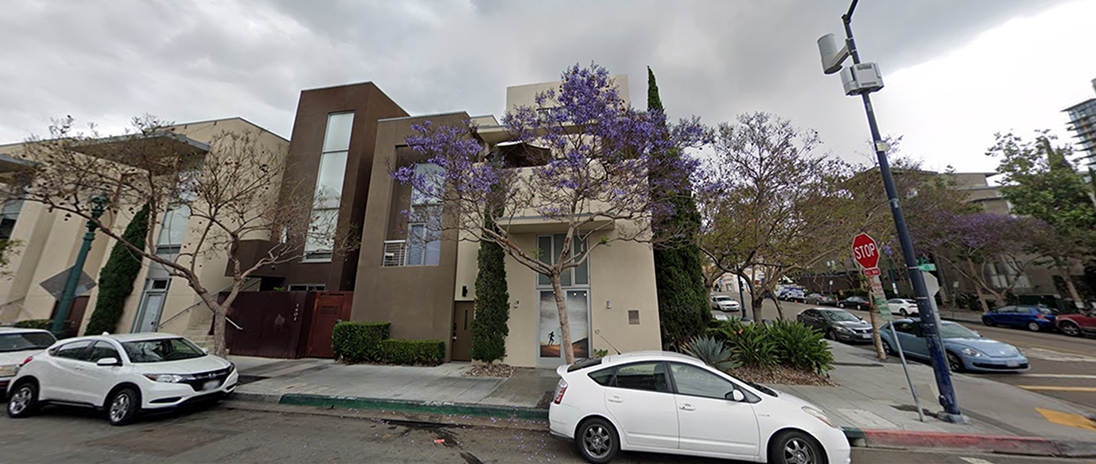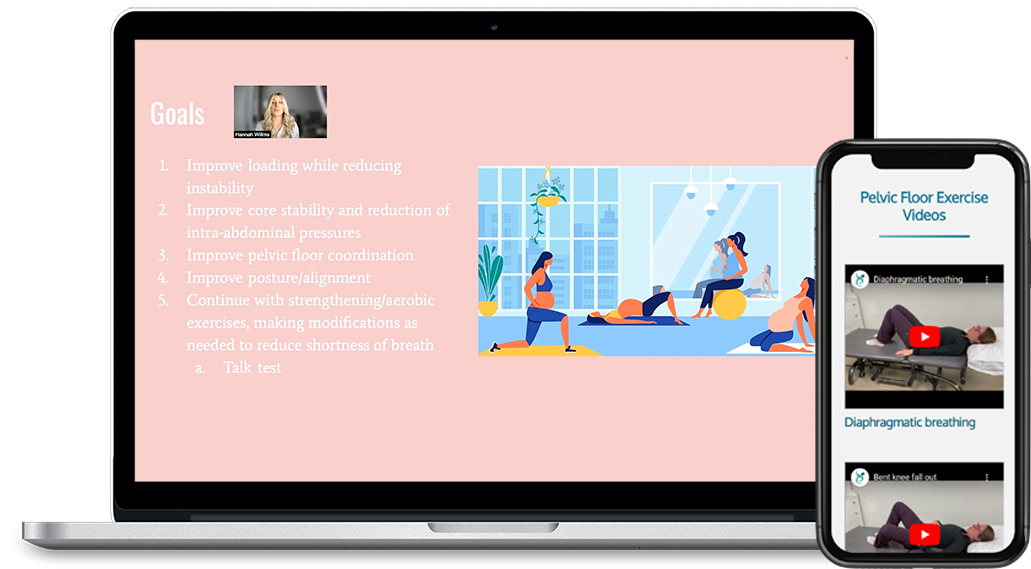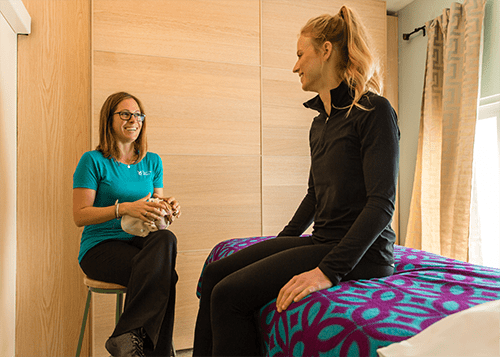Remove Your Pain & Discomfort
Pelvic Floor Therapy
You shouldn’t have to feel discomfort from pevlic floor pain. Our expert physical therapist specializes in helping men and women overcome their pelvic floor issues.
Learn what to expect at your Pelvic health consultation.
“Fantastic One-On-One Care”
“Great clinic with extremely friendly front desk staff as well as physical therapists that give you fantastic one-on-one care.”
- Sav Knisely,
- Happy Client



Get answers
Pelvic Floor Frequently Asked Questions
Get answers to some of the most commonly asked questions regarding pelvic floor health.
Q: Can I come in prior to my 6 week checkup postpartum?
A: Yes, but we won’t perform an internal exam until you’re cleared by your OB/GYN.
Q: Can I bring my kids to my appointment?
A: Yes! We would love to have your kids join us in our office.
Q: Can I come on my period?
A: Yes! We’re happy to treat you during any stage of your cycle.
Q: Can I receive internal treatment while I’m pregnant?
A: You may as long as your OB/GYN has cleared you for sexual intercourse and you’re past your first trimester.
Q: Is there going to be an internal exam every session?
A: No, we don’t require an internal exam every session. This is something that we will determine together while considering your comfort level and specific situation.
Q: Do men have pelvic floors?
A: Yes, men have pelvic floors, and we are happy to treat people of any gender at our office.
Q: Am I too old to benefit from pelvic floor physical therapy?
A: No, you can’t be too old for the benefit of pelvic floor physical therapy. There will always be room for improvement, regardless of your age.

Pelvic Floor online course
Improve Your Pelvic Floor Health From Home
Get instant access to over one hour of education content related to treating pelvic floor issues as well as 28 exercise videos that you can follow along with at home.
Contact our pelvic floor health physical therapists with questions, clarifications, or concerns as you work your way through the course.
Don't wait weeks
No Wait Times, We Can Schedule You Sooner
Your pain isn't waiting, so you shouldn't have to either.
We have a team of dedicated, experienced Physical Therapists standing by to help. Reach out to our team and get an appointment scheduled as quickly as you can fit it in your schedule.
The best of the best
Meet Our Specialists

Dr. Allison McKay
Doctor of Physical Therapy (DPT), Pelvic Rehab Practitioner Certification (PRPC)
Allison has been working as a physical therapist since 2009. Initially working outside of Boston she moved to San Diego after two years of working as a traveling Physical Therapist. Once she settled in San Diego Allison returned to working in an outpatient setting at The Physical Therapy Effect in 2014.
Allison studied Physical Therapy at Northeastern University in Boston Massachusetts where she graduated with a Doctorate of Physical Therapy in 2009. In the time since graduation, Allison has pursued new learning opportunities for orthopedic manual Physical Therapy as well as advanced training classes in Women’s Health and Pelvic Floor Rehabilitation. She has her Pelvic Rehabilitation Practitioner Certification through the Herman & Wallace Pelvic Rehabilitation Institute, which she puts to use as the lead Physical Therapist for The Physical Therapy Effect’s Pelvic Health Rehabilitation Program.

Dr. Hannah Willms
Doctor of Physical Therapy (DPT)
Dr. Hannah Willms, DPT, joined The PT Effect team in 2021 after relocating from Arizona. Hannah received her doctorate from A.T. Still University in Mesa, Arizona in 2019. Prior to coming out west, Hannah grew up in Iowa, where she attended Iowa State University. Hannah has participated her whole life in a variety of athletics and competed at the collegiate level in both volleyball and track/field.
Hannah enjoys treating a variety of orthopedic conditions and has a strong passion for women’s health and pre/postnatal fitness/rehab. Hannah has completed postgraduate pelvic floor training through Herman-Wallace, and received her certification in pre/postnatal fitness coaching through Girls Gone Strong. She utilizes a variety of manual therapy techniques and is trained in the Graston Technique. She enjoys athletes of all ages and has experience progressing them in their return to sport/activity.
Are You Experiencing These Signs?
Pelvic Floor Symptoms & Pains
- Urinary Incontinence
- Stress Incontinence
- Urge Incontinence
- Urinary Dysfunctions
- Pelvic/Vaginal pain
- Fecal Incontinence
- Chronic Constipation
- Coccydynia
- Pain with Sexual Activity
- Nerve Pain
- Pre/Post Operative
- Bladder Pain
Urinary Incontinence
Incontinence is defined at any unintentional loss of urine
Stress Incontinence
Stress incontinence occurs when any physical activity (ie: coughing, sneezing, laughing, jumping, running or heavy lifting) puts pressure on your bladder causing leakage.
Urge Incontinence
Urge incontinence is associated with the bladder muscle contracting, usually associated with an increased urge to urinate, causing a leakage of urine.
Urinary Dysfunctions
Voiding dysfunction describes conditions where there is poor coordination between the bladder muscle and the urethra. This can result in incomplete relaxation or over activity of the pelvic floor muscles during voiding. Voiding dysfunction can manifest as a wide range of symptoms which can include difficulty in emptying bladder, urinary hesitancy, slow or weak urine stream, urinary urgency, urinary frequency or dribbling of urine. These conditions can be due to nerve dysfunction, non-relaxing pelvic floor muscles or both. Voiding dysfunction is also classified as being caused by either underactivity of the bladder (detrusor) or outflow (urethra).
Pelvic/Vaginal pain
This can refer to any pain within the pelvis or vagina. For men this can include scrotal or testicular pain.
Fecal Incontinence
Much like urinary incontinence, fecal incontinence can be a very embarrassing condition that is described as the inability to control bowel movements, causing stool to leak unexpectedly from the rectum. Also called bowel incontinence, fecal incontinence ranges from an occasional leakage of stool while passing gas to a complete loss of bowel control. Damage to the nerves that control the sphincter muscles in your rectum is the most common cause of fecal incontinence. This can happen during a surgical procedure, childbirth, or most commonly due to constant straining due to constipation.
Chronic Constipation
Long-term constipation can lead to many other pelvic floor disorders and can be a big cause of pelvic and abdominal pain. PT can use biofeedback and muscle retraining to help improve bowl habits along with diet modifications to aid in reducing constipation.
Coccydynia
Pain associated with the coccyx or tailbone. This pain is usually due to some form of trauma such as falling and landing on your bottom.
Pain with Sexual Activity
Also known as a condition called dyspareunia. This can included any pain that occurs before, during or immediately following intercourse. Males may experience painful ejaculation or erection.
Nerve Pain
Pelvic nerve conditions can be associated with the following nerves: pudendal nerve, ilio-hypogastric nerve, ilio-inguinal nerve, or the genito-femoral nerve. These nerves are located either in the abdominal wall, the pelvic cavity or surrounding the groin and perineal area. Damage to any of these nerves can cause chronic pelvic pain.
Pre/Post Operative
This can refer to any pelvic, hip or low back surgery. Whether you have had a hysterectomy, bladder suspension surgery, prostatectomy, spinal fusion or hip surgery its possible for your pelvic floor muscles to respond in a way that can cause pain. PT can help with any pain issues that can arise from muscle imbalance, instability, scar tissue formation or a combination of the above!
Bladder Pain
Can be referred to a condition called Interstitial Cystitis or Painful Bladder Syndrome. These conditions result in reoccurring pain and discomfort in the bladder and surrounding areas. Symptoms can vary in severity and patients may experience worsening pain as the bladder fills and empties.
Post-partum Pain
Following childbirth it is very common to have some sort of low back or pelvic pain. PT can be very helpful to decrease the pain faster and return you to your prior level of functioning!
Urinary Incontinence
Incontinence is defined at any unintentional loss of urine
Stress Incontinence
Stress incontinence occurs when any physical activity (ie: coughing, sneezing, laughing, jumping, running or heavy lifting) puts pressure on your bladder causing leakage.
Urge Incontinence
Urge incontinence is associated with the bladder muscle contracting, usually associated with an increased urge to urinate, causing a leakage of urine.
Urinary Dysfunctions
Voiding dysfunction describes conditions where there is poor coordination between the bladder muscle and the urethra. This can result in incomplete relaxation or over activity of the pelvic floor muscles during voiding. Voiding dysfunction can manifest as a wide range of symptoms which can include difficulty in emptying bladder, urinary hesitancy, slow or weak urine stream, urinary urgency, urinary frequency or dribbling of urine. These conditions can be due to nerve dysfunction, non-relaxing pelvic floor muscles or both. Voiding dysfunction is also classified as being caused by either underactivity of the bladder (detrusor) or outflow (urethra).
Pelvic/Vaginal pain
This can refer to any pain within the pelvis or vagina. For men this can include scrotal or testicular pain.
Fecal Incontinence
Much like urinary incontinence, fecal incontinence can be a very embarrassing condition that is described as the inability to control bowel movements, causing stool to leak unexpectedly from the rectum. Also called bowel incontinence, fecal incontinence ranges from an occasional leakage of stool while passing gas to a complete loss of bowel control. Damage to the nerves that control the sphincter muscles in your rectum is the most common cause of fecal incontinence. This can happen during a surgical procedure, childbirth, or most commonly due to constant straining due to constipation.
Chronic Constipation
Long-term constipation can lead to many other pelvic floor disorders and can be a big cause of pelvic and abdominal pain. PT can use biofeedback and muscle retraining to help improve bowl habits along with diet modifications to aid in reducing constipation.
Coccydynia
Pain associated with the coccyx or tailbone. This pain is usually due to some form of trauma such as falling and landing on your bottom.
Pain with Sexual Activity
Also known as a condition called dyspareunia. This can included any pain that occurs before, during or immediately following intercourse. Males may experience painful ejaculation or erection.
Nerve Pain
Pelvic nerve conditions can be associated with the following nerves: pudendal nerve, ilio-hypogastric nerve, ilio-inguinal nerve, or the genito-femoral nerve. These nerves are located either in the abdominal wall, the pelvic cavity or surrounding the groin and perineal area. Damage to any of these nerves can cause chronic pelvic pain.
Pre/Post Operative
This can refer to any pelvic, hip or low back surgery. Whether you have had a hysterectomy, bladder suspension surgery, prostatectomy, spinal fusion or hip surgery its possible for your pelvic floor muscles to respond in a way that can cause pain. PT can help with any pain issues that can arise from muscle imbalance, instability, scar tissue formation or a combination of the above!
Bladder Pain
Can be referred to a condition called Interstitial Cystitis or Painful Bladder Syndrome. These conditions result in reoccurring pain and discomfort in the bladder and surrounding areas. Symptoms can vary in severity and patients may experience worsening pain as the bladder fills and empties.
Post-partum Pain
Following childbirth it is very common to have some sort of low back or pelvic pain. PT can be very helpful to decrease the pain faster and return you to your prior level of functioning!

A Safe, Comfortable Process
What to Expect at Your First Visit
For your first visit you will meet with our women’s health physical therapist and together you will go over the history of your current condition. We will discuss such things as how long you have been experiencing symptoms for, what exactly your symptoms are and what other aspects of treatment you have explored as well as what has worked and what has not. After the discussion we will move on to the portion of the evaluation where your therapist will look at your posture, the strength of your muscles as well as the stability within your pelvis and low back. They will also take a close look at your muscles and whether there are any tender spots or if there is tightness in any specific muscle groups. The next portion of the evaluation is where your therapist will look at the muscles of your pelvic floor (yes this does involve an internal examination but there are no scary tools involved I promise!). This portion of the exam will help your therapist be able have a better idea of how the muscles of your pelvic floor are able to contract and relax as well as if there are any tender spots or increased muscle tension within those muscles. Once the exam portion of the evaluation is complete you and your therapist will go over the findings and together create an individualized plan of care that may include: manual therapy, therapeutic exercises, muscle re-education, stretching and patient education.

Manual Therapy
How We Achieve A Better Diagnosis with Less Discomfort
What is manual therapy? Manual therapy is a method physical therapy that involves the therapist feeling exactly how your body reacts to specific movement and exercises. A lot of pain and discomfort comes from lack of mobility or a small range of motion. Through simple movements and exercises, we're able to get your body used to these motions again, reducing or completely removing your pain.
Manual therapy includes a detailed biomechanical assessment. This means that your therapist will watch and feel how you move in order to make the most accurate diagnosis possible. This leads to faster recovery times and improved outcomes.
Benefits of Manual Therapy

More accurate diagnoses and understanding of pain

Less discomfort and pain during treatment

Therapist can feel where there is tension and mobility issues
How We Handle Pelvic Floor Pain
Focused, Expert Care
Our pelvic floor physical therapist is skilled in the evaluation of the pelvic floor musculature and associated structures. She works one on one with the patient to educate them and develop a personalized rehabilitation program involving their goals to achieve the optimal results.
- Manual therapy techniques
- Therapeutic modalities for Pelvic dysfunction:
- Electrical stimulation
- SEMG Biofeedback
- Ultrasound
- Therapeutic exercise and functional training
- Behavioral modification
- Patient education and goal setting
- Team approach involving your doctor and other healthcare providers
Real Reviews From Real Patients








